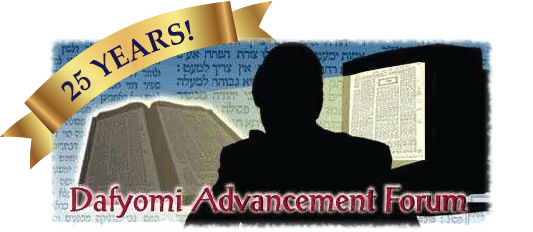What is the meaning of "va'Ya'arichu ha'Badim"?
'Rashi' (Divrei ha'Yamim II, 5:8): It does not say [there] va'Yis'archu, (they extended by themselves) rather, "va'Yarichu" - workers lengthened the staves.
Mahari Kara: "Va'Ya'arichu" implies that they made them longer, and not that miraculously, they extended by themselves. Just like Shlomo made bigger Keruvim to extend from one wall of the Devir to the other, he made bigger staves to span all 20 Amos.
Radak: They pulled the staves [until they press against the Paroches - refer to 8:8:2:1]. When they needed to carry the Aron, they were in the middle; equal amounts stuck out in front of the Aron and in back, for Kohanim carried it via the staves, in front and in back. After it was brought to its place, they did not need to be in the middle.
The ends of the staves were seen "Al Pnei ha'Devir." Why does it say that they were not seen outside?
Rashi citing Menachos 98a: The ends press against the Paroches and cause humps to stick out - "Dodi Li Bein Shadai Yalin." (Shir ha'Shirim 1:13).
What is the meaning of "Ad ha'Yom ha'Zeh"?
Radak: The staves were never removed from the Aron, like the Torah commands (Shemos 25:15), and they were never pulled back (after they were extended - PF). Therefore, they could not close the doors of the Devir, so Shlomo needed to make a Paroches.
QUESTIONS ON RASHI
Rashi writes that the ends of the staves pressed against the Paroches. One may not remove the staves from the rings, so the staves extended at least until the back rings of the Aron. If the Aron was in the middle of the Devir (Kodesh ha'Kodoshim) in the Bayis, the back rings were in the west half. The Devir was 20 wide. The staves were at most 10 long (they fit in the Kodesh ha'Kodoshim in the Mishkan. If so, they cannot reach the Paroches on the east wall of the Devir!
Refer to 8:8:1:1,2.
Radak: The Aron was not near the west wall 1 of the Devir. Rather, it was close enough to the east wall so that the staves could press against the Paroches. We need not say that there was a miracle.
Malbim (7-8): They extended miraculously. 2
Why would we think that it is near the west wall? He should have said, it was not in the middle! (PF)
Malbim: The staves represent the spinal cord, which sends messages from the brain to the body, especially to the heart, which is the primary place of the Nefesh. The protrusions hint to the influence of the Neshamah on the Nefesh.




